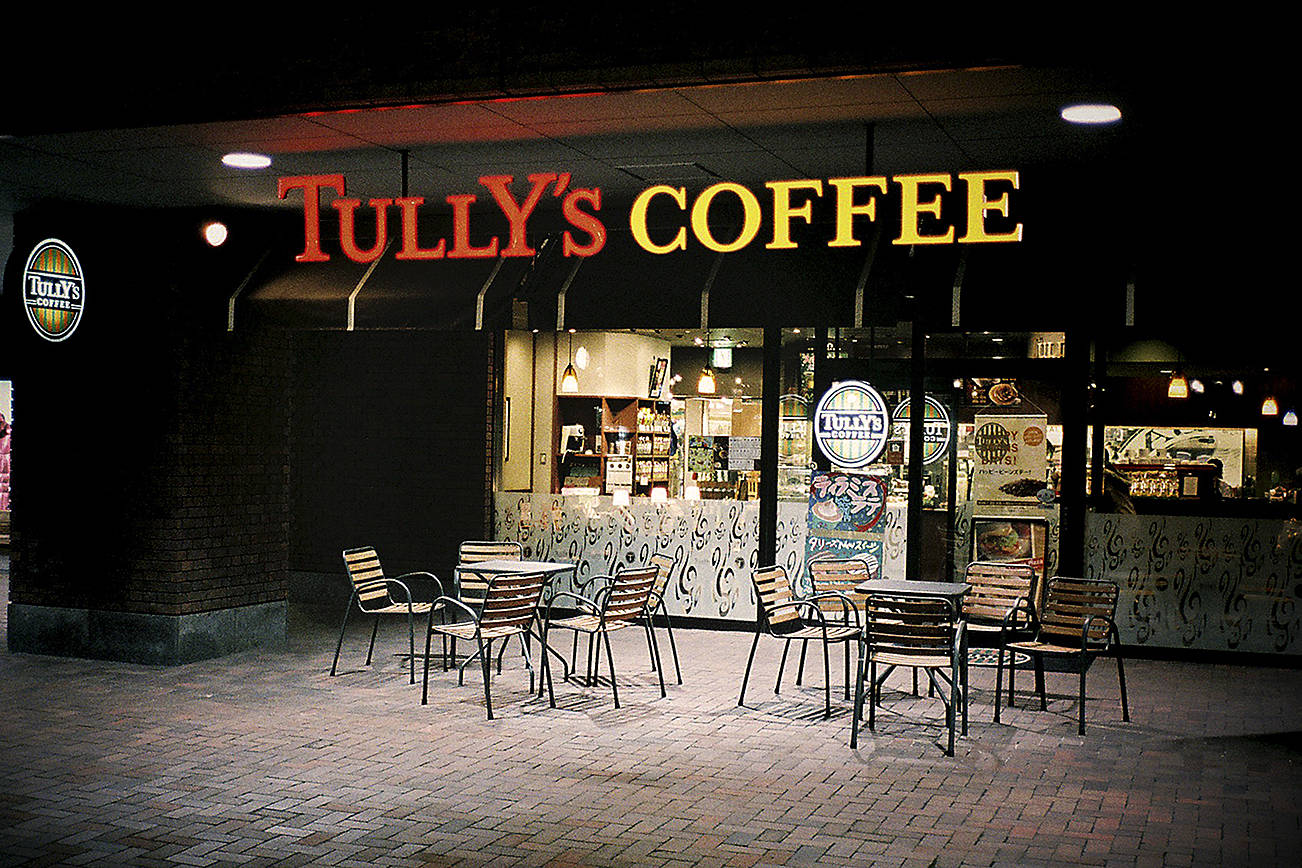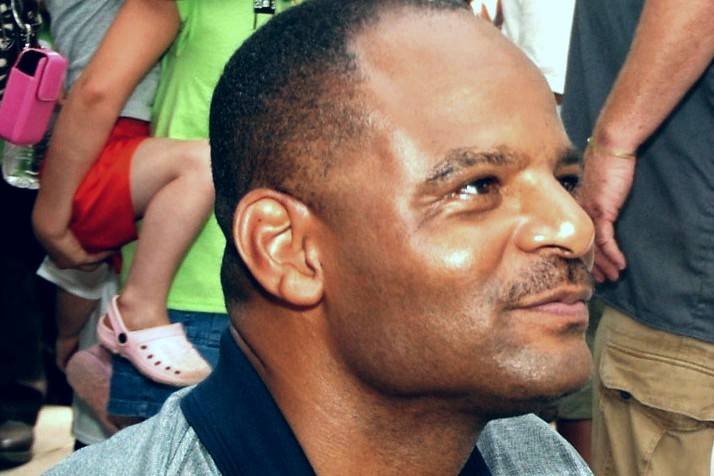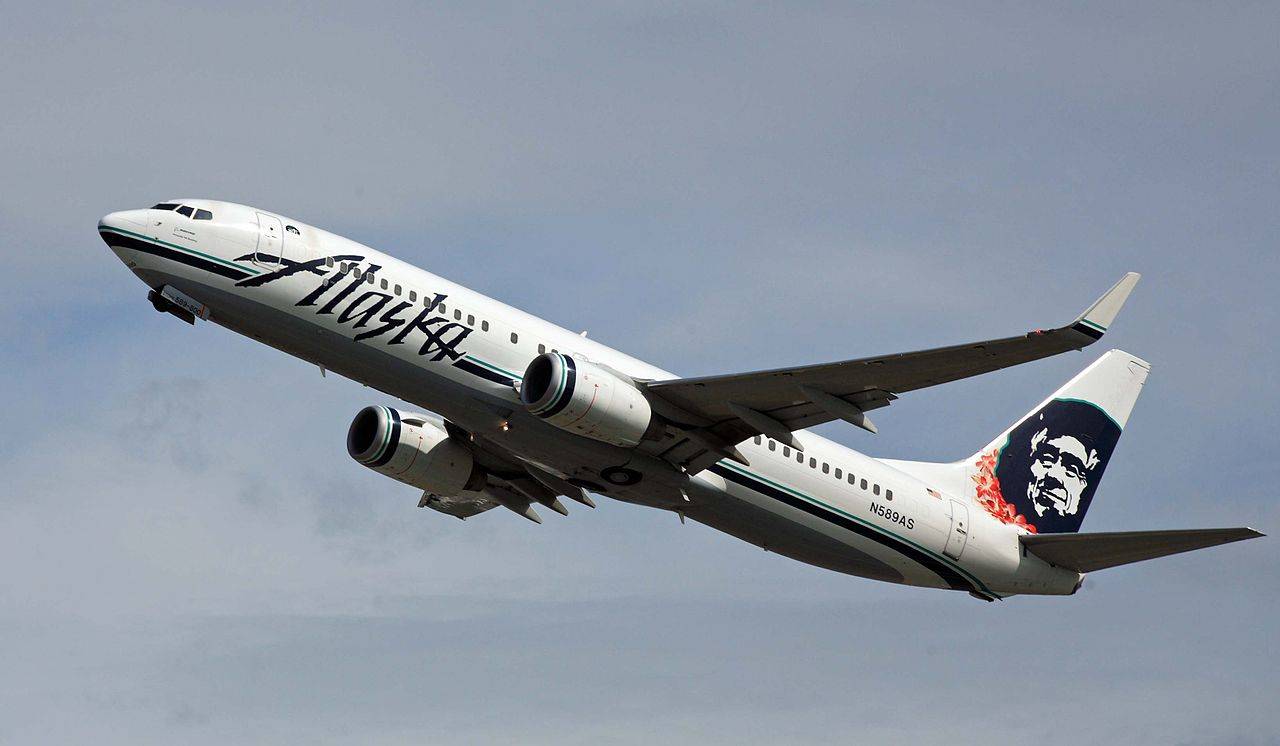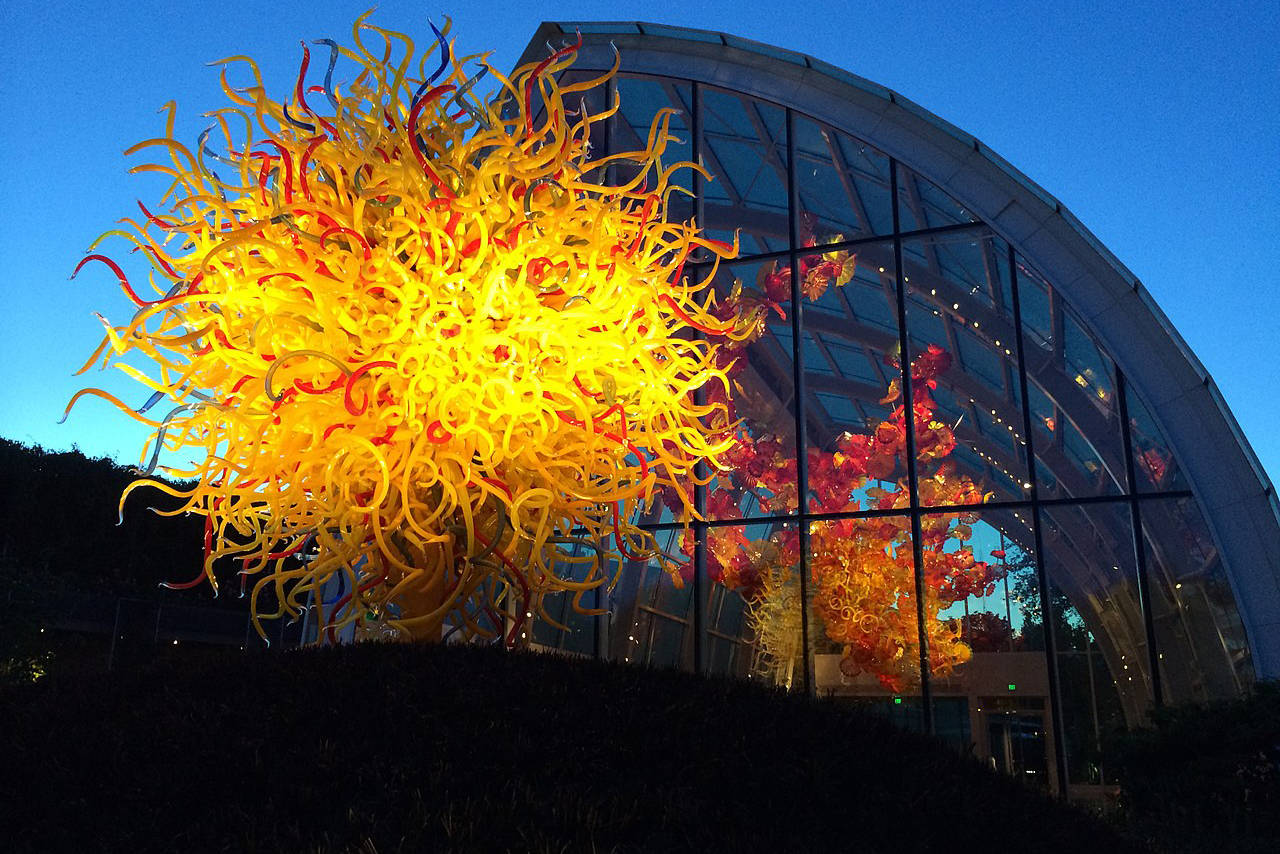It wasn’t merely the Secret Service that wanted Seattle secure before President Clinton arrived for his World Trade Organization visit December 1 (see “Protesters riot, police riot,” SW, 12/2). Two separate sources now say the crackdown on demonstrators was pushed hardest by the US Justice Department based on the concerns of undercover units in the streets—among them, members of the secretive US Army Delta Force seeking to prevent terrorist chemical attacks in Seattle. The Delta contingent, known for its clandestine global assaults and rescue operations, has quietly been assigned some domestic security roles—such as its recently revealed involvement in the Branch Davidian standoff.
“They thought the security preparations here were the worst they’ve ever seen,” says a former Special Forces Ranger who met with the Delta contingent.
Seattle Mayor Paul Schell has accepted the blame for the costly WTO security breakdown after initially insisting the city was so prepared for the marches and demonstrations that Seattleites should come downtown and shop. Instead, out-of-control rioting one day led to a violent show of force by local, state, and federal officers the next. In the following days, 600 demonstrators were arrested and downtown was virtually deserted, with businesses suffering an estimated $20 million in lost sales and property damages (much of it covered by insurance).
A Justice official asking anonymity confirms the elite Army special force, operating under its cover name of Combat Applications Group (CAG), was in Seattle a week in advance of the Clinton visit to scope out possible terrorist acts. Under the control of the Joint Special Operations Command (JSOC) at Fort Bragg, North Carolina, the contingent took up residence in a Regrade motel and fanned out downtown dressed as demonstrators, some wearing their jungle greens.
The potential terrorist chemical or bomb attacks never materialized in Seattle as a serious threat, says an official. But using high-tech equipment, the force mapped out potential problem areas as well as identified possible violent demonstrators. Some Deltas wore lapel cameras, continuously transmitting pictures of rioters and other demonstrators to a master video unit in the motel command center, which could be used by law enforcement agencies to identify and track suspects. (Coincidentally, apparently, the FBI last week was holding a terrorist suspect who entered the US at the Port Angeles crossing. Officials said he carried a bomb timing mechanism and an explosive liquid that might have been intended for a major Seattle bombing—the Space Needle?—on New Year’s Eve. The suspect, curiously, had made a reservation and planned to stay, as the Deltas did, at a Regrade motel.)
Department of Defense undersecretary Walter Slocombe has acknowledged that covert action teams such as Delta Force are deployed to combat terrorism.
“These guys are the Army hot shots, the cowboys,” says the former Ranger who shared a few beers with the unit in Seattle. “They were wigged out about security here. They thought something drastic had to be done. I’d say they got heard.”







